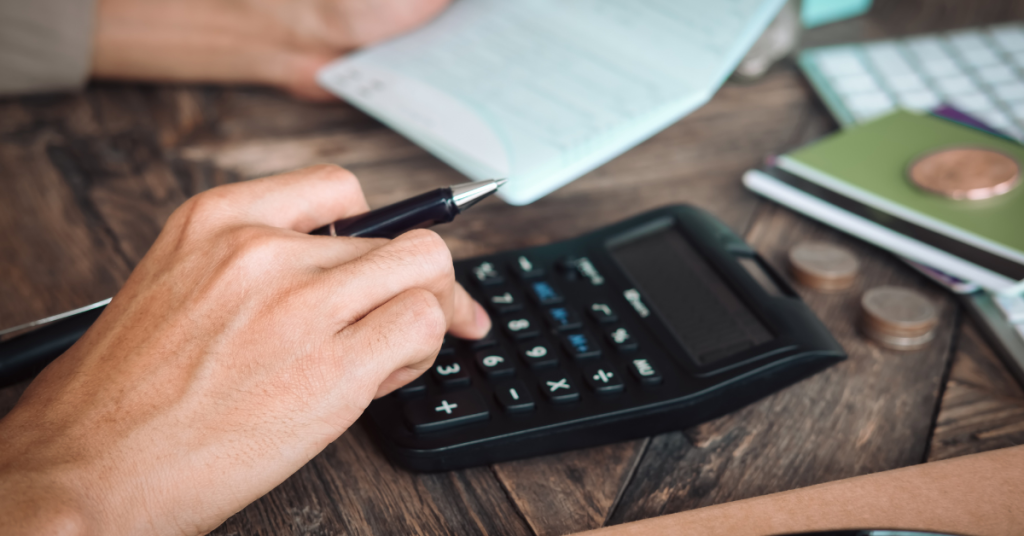Breaking free from the debt cycle requires more than just good financial decisions—it demands a shift in mindset, along with a clear, actionable plan. According to Jendee De Guzman, a Registered Financial Planner, it’s the combination of disciplined financial planning and changing how you think about money that helps you break free.
“I realized that financial planning is not just about saving money, it’s about knowing how to manage what you have,” De Guzman shared. Growing up in a family that struggled financially, she witnessed firsthand how debt can spiral out of control when not properly managed. Her parents’ credit card debts and loans, which she thought were normal at the time, became a burden that only worsened over time. “I thought debt was just part of life,” she said. “But I learned it doesn’t have to be that way.”
The key to getting out of debt, according to De Guzman, is understanding where your money goes and creating a plan to pay it down. “When I started tracking my expenses, I realized how much was going to interest payments. The first step is to stop the cycle—by prioritizing which debts to pay off first and setting realistic goals.”
But beyond strategy, De Guzman emphasizes the importance of shifting your mindset. “Many people view debt as just a normal part of life. You need to shift your thinking and believe that you can live debt-free,” she said. “That change in perspective is just as important as financial planning.”
To prevent falling back into debt, De Guzman suggests building an emergency fund. “Having an emergency fund protects you from relying on credit when unexpected expenses arise,” she explained. “It gives you peace of mind knowing that you won’t have to go deeper into debt when life throws you a curveball.”
De Guzman’s approach is clear: breaking the debt cycle requires financial discipline, a shift in mindset, and a clear strategy to take control of your financial future.
![]()



